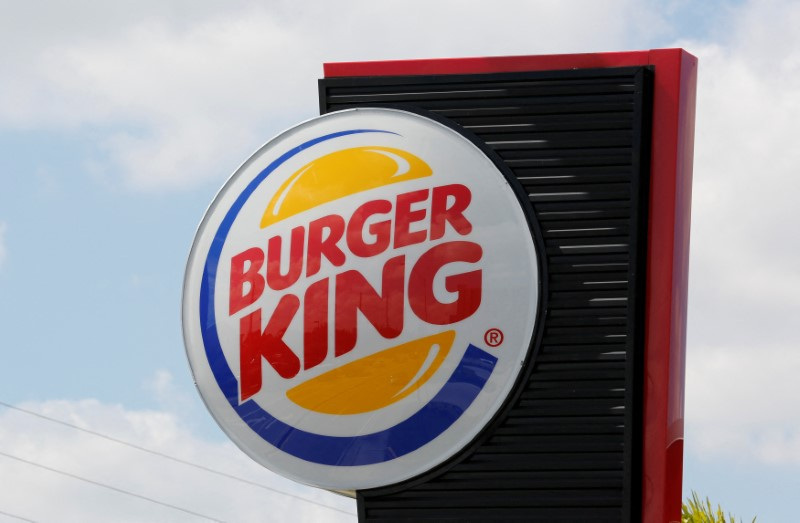Restaurant Brands revenue beats as Tim Hortons defies fast-food slowdown

(Reuters) -Restaurant Brands International beat Wall Street expectations for second-quarter revenue on Thursday, benefiting from an overhaul of its Burger King chain and steady demand at its Tim Hortons coffee outlets.
The turnaround plan for Burger King, first announced in 2022, involved an initial investment of $400 million to remodel stores and upgrade equipment to improve customer experience and attract younger crowds. It pledged $300 million more to the effort in April.
The company also completed its acquisition of the chain’s largest U.S. franchisee, Carrols Restaurant Group (NASDAQ:), in the reported period.
Fast food chains such as Yum Brands and coffee giant Starbucks (NASDAQ:) are falling back on technology to help cut costs at stores and protect profits as demand stagnates.
Sticky inflation and high borrowing costs are forcing cash-strapped customers to dine out less, driving stiff competition among fast-food chains as they rush to offer discounts and deals to boost value.
Burger King has also benefited from its $5 value meal revival, just ahead of a similar launch from rival McDonald’s (NYSE:), along with investment in its stores, equipment and advertising as part of a turnaround plan.
Average foot traffic per location at Burger King was up 4.3% in the quarter, compared with a 1% rise a year ago, according to data from Placer.ai.
For the second quarter, Burger King’s total revenue rose to $364 million from $327 million a year ago.

The company reported revenue of $2.08 billion, compared with analysts’ average estimate of $2.02 billion, according to LSEG data.
Excluding items, Restaurant Brands (NYSE:) reported earnings per share of 86 cents, in line with estimates.





